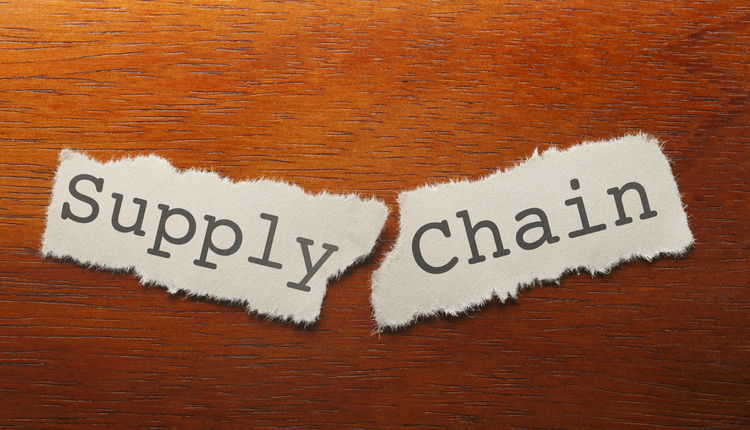Free shipping is still alive and well, but it is evolving as retailers battle higher last-mile costs. According to a report from last-mile technology firm X Delivery and the Retail Management Institute of Santa Clara University, free shipping is now ubiquitous, with 96% of retailers offering zero-cost shipping options. For a good reason, 80% of consumers expect free shipping when ordering a specific dollar amount of products, and 66% of consumers expect free shipping for all online orders. And if it’s not offered? According to Amazon seller software & product research provider, Jungle Scout, they will walk away.
However, high supply chain costs have many retailers looking for solutions to continue to offer free shipping. One of the most obvious solutions is Buy Online, Pick Up in Stores (BOPIS), with an added benefit of the customer potentially buying more items when going into a store to pick up an order.
Other options include lockers and other third-party drop-off locations, and curbside pickups.
All these options, including BOPIS, come as additional costs to the retailers in the form of labor, locker rental fees, and potential fees associated with third-party drop-off locations.
Factoring the cost, or at least some of the cost of shipping in the price of the item, is undoubtedly an option, but with inflation running high, this could deter shoppers from purchasing anything.
Increasing the minimum order of purchase to receive free shipping is another option for retailers. According to a survey from multi-carrier shipping software provider Shippo, most shoppers will take action to qualify for it. Consider the following when doing this:
· The shipping origin
· The shipping destination
· Service levels
· Your profit margins
Also, be mindful of shipping large, heavy items. Minimum order thresholds may not work, and these products may have other shipping fees to consider.
Online subscription services such as Amazon and Walmart + offer free shipping as a perk for joining. In addition, online subscription boxes such as Stitchfix, Birchbox, and FabFitFun also offer free shipping as part of a membership signup. It is estimated that there are over 7,000 subscription box companies, most of which are based out of the US.
In 2021, it was estimated that the subscription box market revenue reached $22.7 billion and is expected to increase to $65 billion by 2027.
Many customers continue to expect free shipping in one form or another, so it’s important to come up with creative ways to offer it without breaking the bank.
When offering free shipping, reducing the cost of each shipment is an intelligent way to make it more sustainable for your business. Delivery costs, including surcharges, continue to rise. Do your research on last-mile carrier options, service levels, free shipping thresholds, and options.
Also, this is not a one-time strategy review. Remember to revisit your shipping policies at crucial selling periods and growth milestones.
Monitor your shipping invoices, the last-mile marketplace, and what your competitors are doing regularly. The market is changing fast!
With over 25 years of supply chain experience, John Haber has helped some of the world's leading brands drive greater efficiencies throughout their supply chain operations. After a successful UPS career, John founded Spend Management Experts, now a part of Transportation Insight.
This article originally appeared in the September/October, 2022 issue of PARCEL.













